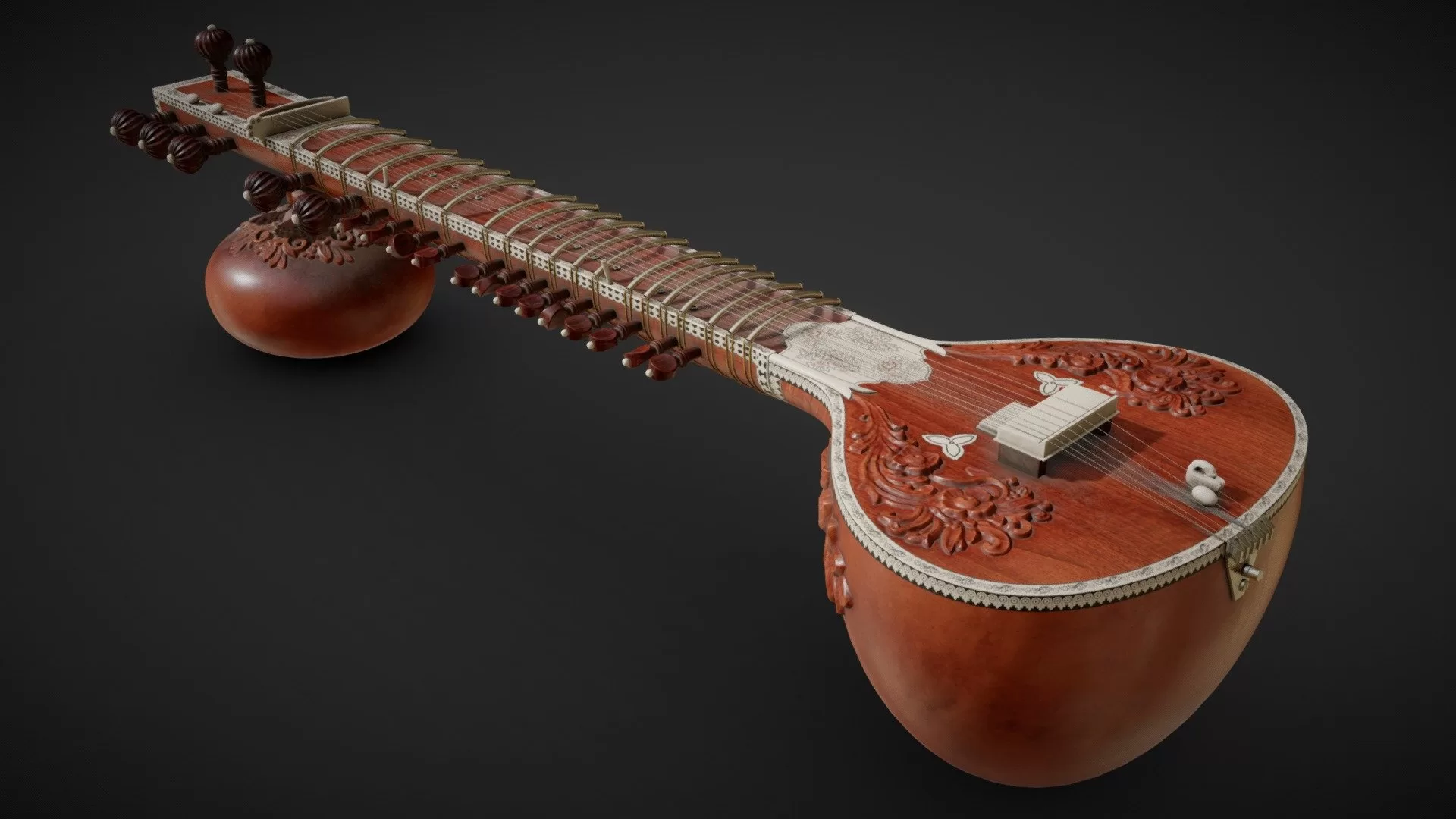Introduction:
The sitar, a mesmerizing and intricate instrument with its roots deeply embedded in Indian classical music, has transcended cultural boundaries to become a prominent and captivating element in world music. Its distinctive sound and evocative melodies have found resonance with musicians and listeners around the globe. In this article, we will embark on a captivating sitar’s journey tracing the history of the sitar and how it has woven its unique timbre and cultural heritage into the rich tapestry of world music.
The Sitar’s Journey in Ancient Origins:
The sitar can trace its lineage back to ancient India, where it evolved from the veena, an even older stringed instrument. With its unique design, featuring resonating strings and a distinctive gourd-shaped body, the sitar became a key player in Indian classical music, adding depth, complexity, and emotion to traditional ragas and compositions.
Global Fusion: The Sitar’s Entrance into World Music:
As the world became more interconnected, artists began to experiment with fusing diverse musical traditions. The sitar’s distinct timbre and expressive capabilities caught the attention of musicians outside of India. The 1960s, marked by a surge of interest in Eastern spirituality and culture, saw the sitar making its mark on the global stage, thanks in part to the pioneering work of Ravi Shankar. Collaborations with artists like George Harrison of The Beatles introduced the sitar’s captivating sound to Western audiences, forever embedding it in the fabric of world music.

Diverse Influences and Cross-Cultural Collaborations:
The sitar’s journey through world music has been a tapestry of diverse collaborations. Musicians from various genres, including jazz, rock, electronic, and fusion, have embraced the sitar’s sonic possibilities. As artists experiment with blending sitar melodies with contemporary beats and rhythms, new and innovative sounds emerge, creating a seamless bridge between cultures and styles.
Sitar’s Journey in Modern World Music:
In the modern world music scene, the sitar continues to enchant and inspire. Its distinctive sound often serves as a cultural catalyst, enriching compositions with an exotic and emotive quality. Whether it’s interwoven into the fabric of a cinematic score or used as a central element in a global fusion ensemble, the sitar’s ability to evoke emotion and tell stories through its melodies remains unparalleled.
Cultural Preservation and Innovation:
While the sitar’s influence in world music is evident, its traditional roots are respected and preserved by virtuoso players and purists. This delicate balance between honoring tradition and embracing innovation has allowed the sitar to thrive as both a symbol of cultural heritage and a dynamic force in contemporary music.

Conclusion: Sitar’s Journey as Melodic Diplomacy:
The sitar’s journey from ancient times to the global stage is a testament to the power of music to bridge cultures and connect souls. Its enchanting melodies have woven together the threads of diverse musical traditions, forging a path of harmony and understanding. As the sitar continues to captivate listeners and musicians alike, it serves as a reminder that, regardless of our backgrounds, we can find common ground and express our shared humanity through the universal language of music. Let us listen and celebrate as the sitar’s resonant strings carry us on a melodic journey that traverses continents, cultures, and hearts.










